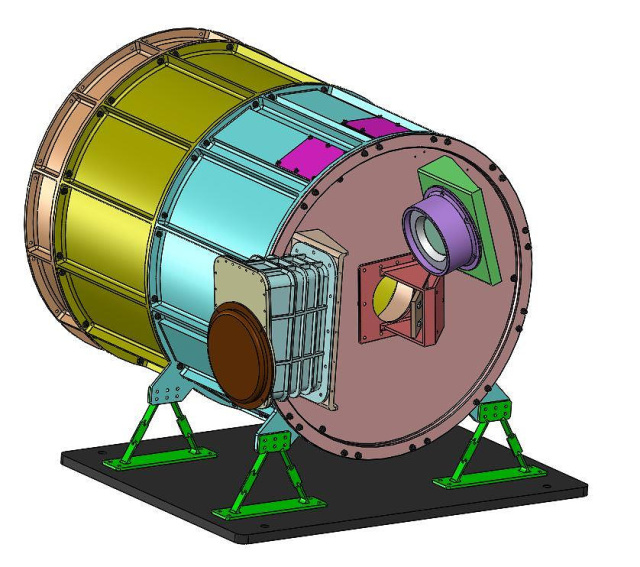We are talking about an experiment on the spectroscopic study of gas nebulae
MOSCOW, December 25. /TASS/. The Russian-Indian experiment on spectroscopic study of gas nebulae, which will take place at the Chinese orbital station, will begin in 2023, and not in 2022, as previously announced. This was reported to TASS by the Deputy Director for scientific work of the Institute of astronomy of the Russian Academy of Sciences (the main scientific organization in the project) Mikhail Sachkov.
"He [the experiment] is moving back a little bit. Now it is called 2023, " said Sachkov.
Earlier, in a document published on the website of the UN Office for outer space Affairs (UNOOSA), it was reported that a joint experiment of Russian and Indian scientists was selected for conducting at the projected manned national orbital station of the people's Republic of China "Tiangong".
As Sachkov clarified in an interview with a TASS correspondent, China will deliver equipment for a joint Russian-Indian experiment to its space station for free. Countries will also not have to pay the PRC for using the station.
Presentation
The Institute of astronomy of the Russian Academy of Sciences also showed the appearance of a spectrograph that will create a map of the sky in the ultraviolet range from the Chinese orbital station. The image is available to TASS.
Sachkov told TASS that the project was named SING. "Its design consists of two parts: the Cassegrain telescope, which has a parabolic main mirror and a hyperbolic secondary mirror, and a high - slit spectrograph." According to him, the operating range of wavelengths is from 140 to 270 nanometers.
Sachkov also explained that with the help of the Russian-Indian instrument, it will be possible to conduct spectroscopy of extended objects, and not to obtain separately direct images of sections of the sky with high spatial resolution and spectra of individual sections of nebulae. "The main burden of testing the device lies with our Indian colleagues. All work is carried out by the Institute of astronomy of the Russian Academy of Sciences (Moscow, Russia) and the Indian Institute of astrophysics (Bangalore, India) on an initiative," he said.

Image source: © Institute of astronomy of the Russian Academy of Sciences
